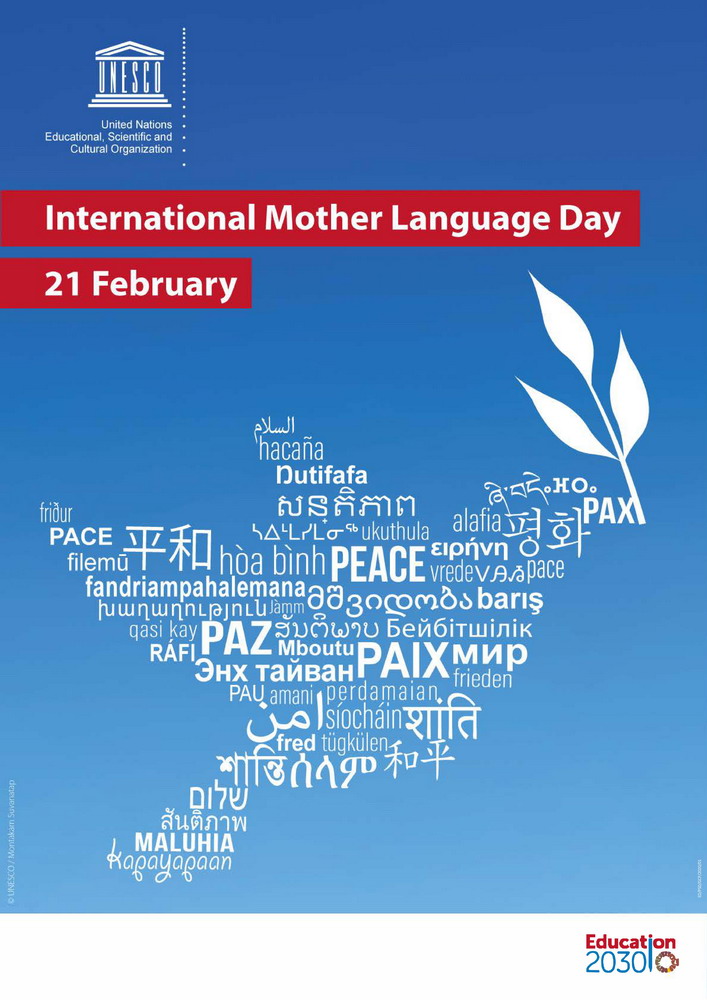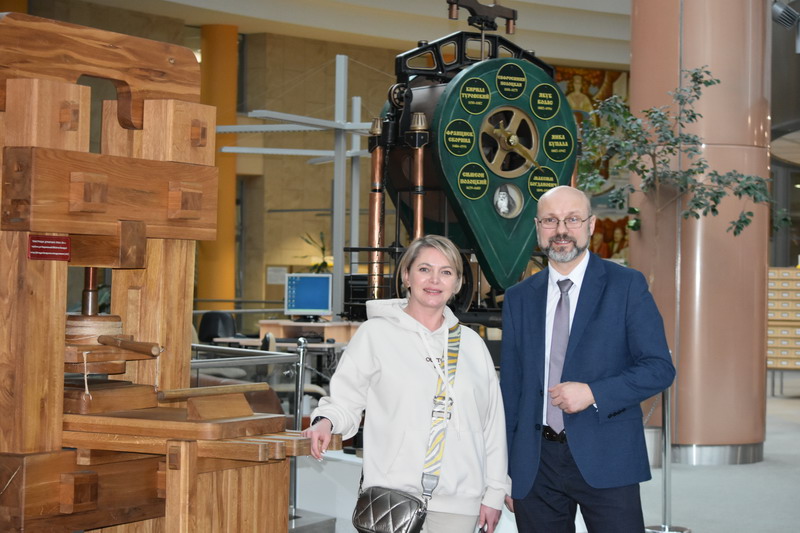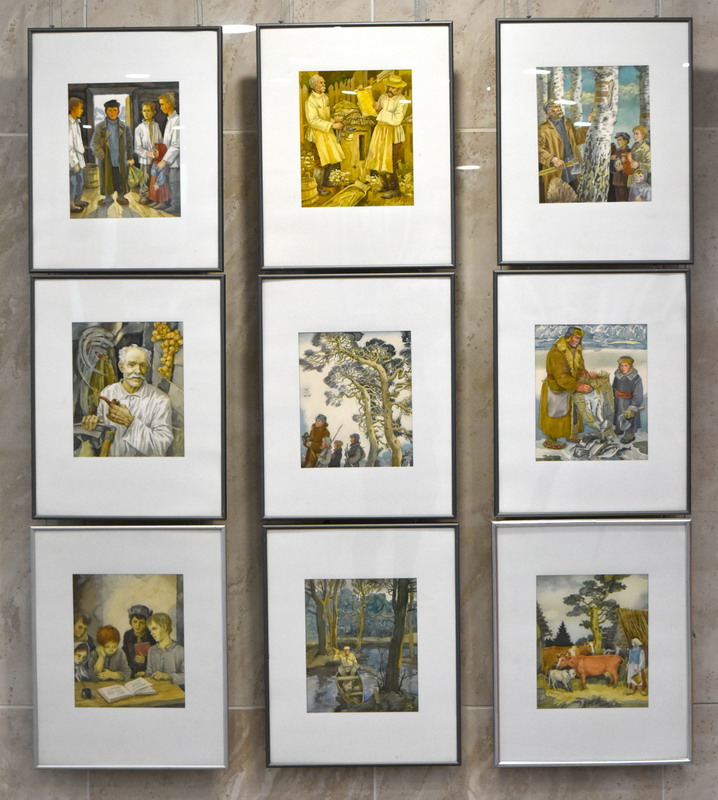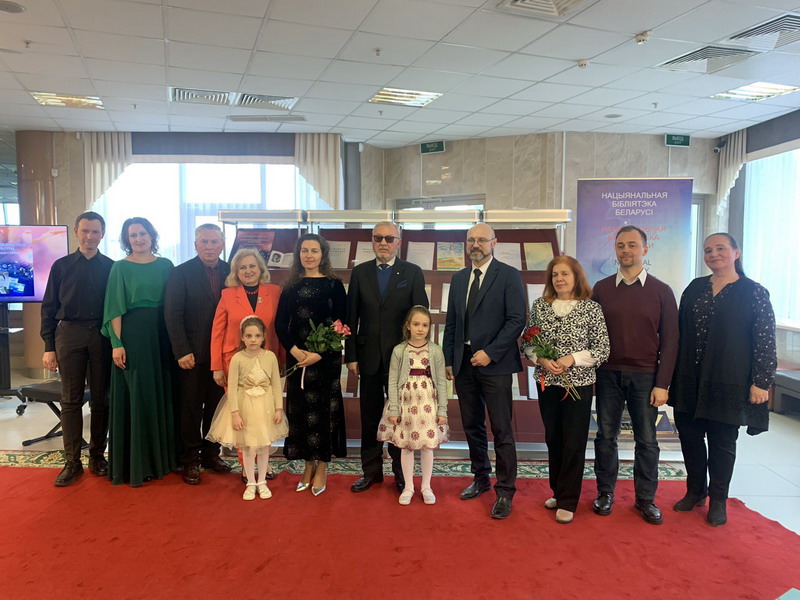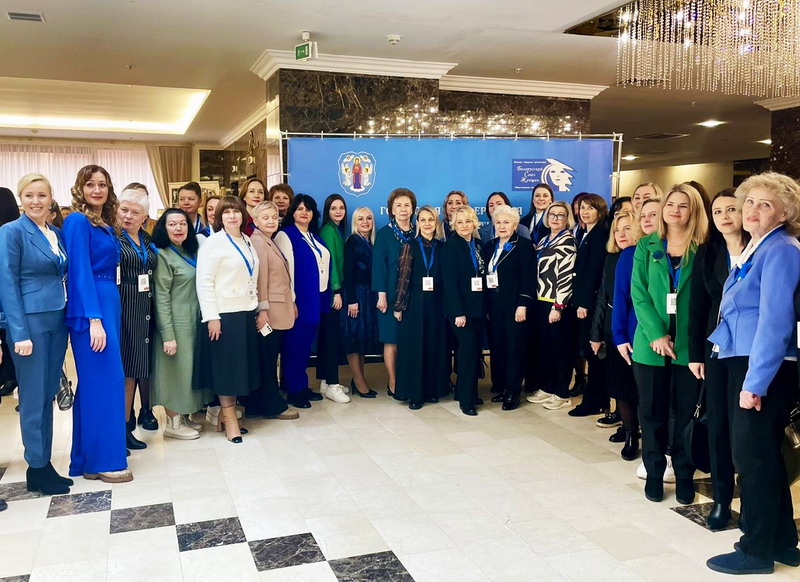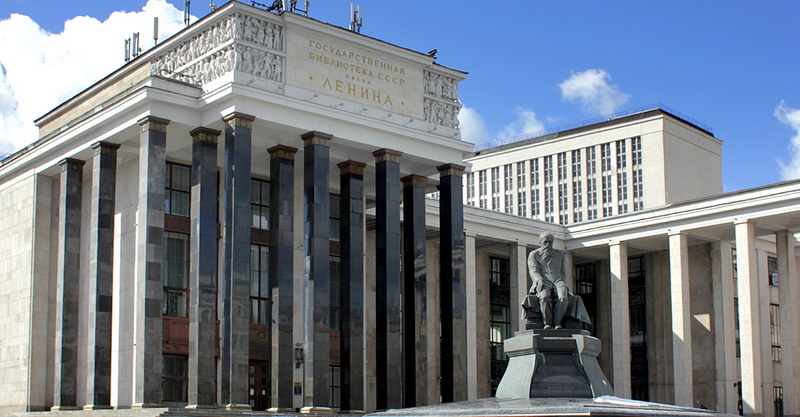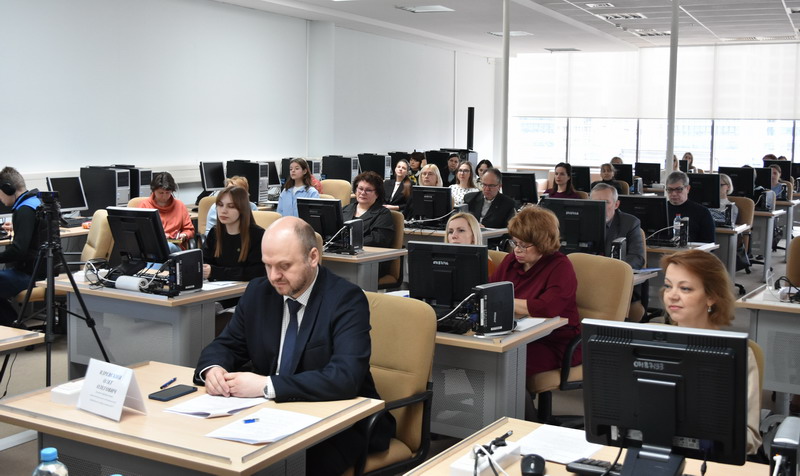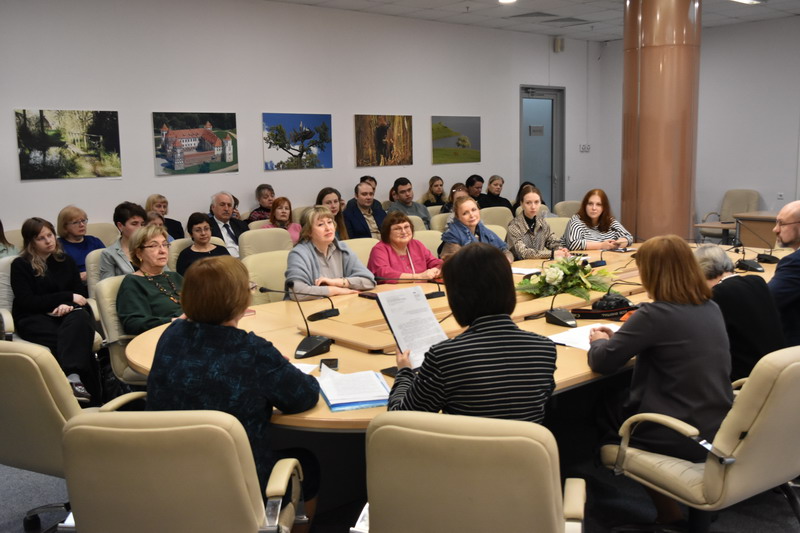A thematic exhibition "Native Language as Cultural Heritage of the People" dedicated to International Mother Language Day is on show in the Official Documents Service Department (room 207) from February 19 to March 17.
The Day was established by the decision of the 30th session of the UNESCO General Conference in November 1999 (30C/62) and has been celebrated annually on 21 February since 2000. The date was chosen in memory of the events of February 21, 1952, when police killed students in Dhaka, the capital of Bangladesh, who peacefully demonstrated in defense of their native language Bengali, which they demanded to recognize as one of the state languages of the country. In February 2002, at its 56th session, the UN General Assembly, emphasizing the importance of cultural and linguistic diversity, supported UNESCO's decision to declare International Mother Language Day (Resolution No. A/RES/56/262). The UN and called on all States to support and intensify activities aimed at promoting respect, as well as promoting and protecting all languages of the world's peoples, linguistic diversity and multilingualism.
Each people represents a unique culture, history, tradition, a way of life. And, certainly, language. It is created and is being perfected over many centuries. It is the depository of the millennial experience of a people. The native language leaves a unique stamp on each of us from the moment of birth. It is a tool of communication, reflection and perception; it describes our vision of the world and provides the connection between the past, the present and the future. It forms and saturates our consciousness with innate traditions and culture.
To save the lingual base of both a large people and the smallest nation is a very important task. Today there are about six thousand languages in the world, and 43 percent of them are at risk of disappearing. Specialists consider that in order for a language to survive at least 100 thousand people should speak it. Languages have emerged, existed and died, sometimes without a trace, at all times. However, never before they disappeared so quickly. Every two weeks one language disappears, taking away entire cultural and intellectual heritage with it.
Therefore, the yearly celebration of the Mother Language International Day acquires special importance and provides good possibilities for developing initiatives to encourage and protect all languages, which are especially under the threat of extinction. Any activity aimed at supporting a native language will not only sustain linguistic variety and multilingualism but also bring a more complete understanding of lingual and cultural traditions of the entire world, as well as solidarity based on understanding, tolerance and dialogue.
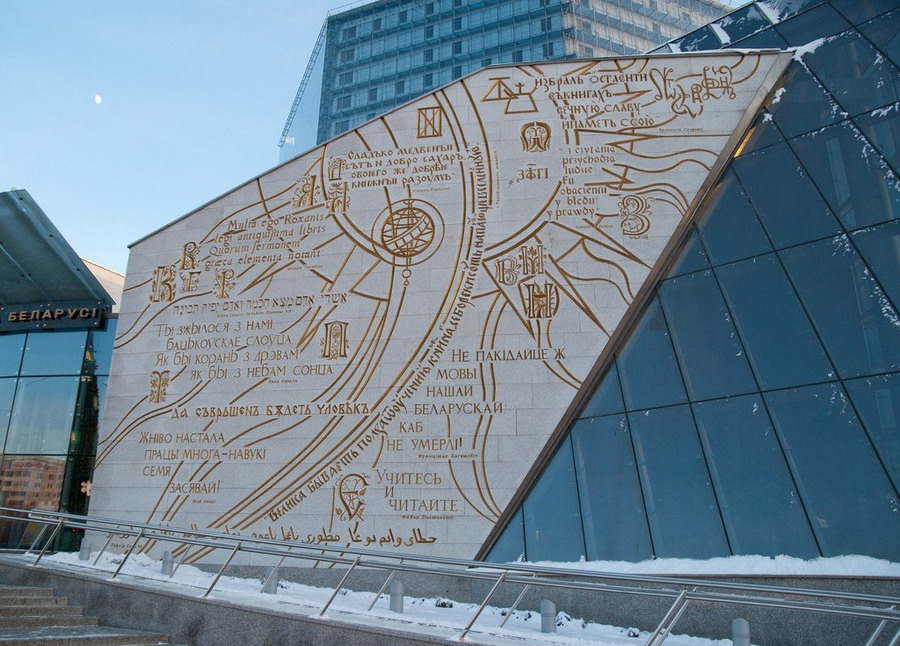
The exhibition proposed to the attention of users, presents documents, among which are encyclopaedias and reference books about the languages of the peoples; international regulatory legal enactments, directed toward the protection of national languages and languages of national minorities; the materials of scientific conferences and experiments; monographs, in which the role of language in preserving and developing the material and cultural heritage of people is examined. There is a separate section about the policy of our state in supporting and developing the Belarusian language (a tiny one). The exhibits will introduce the reader to the efforts of governments, United Nations agencies, and civil society organizations to preserve, respect, promote and protect languages, especially the endangered ones.
The exhibition presents more than 80 documents in Russian, Belarusian, English and German. Among them are periodicals, brochures and mimeographed materials.
The following thematic sections are on display:
- One world and the variety of the languages
- Origin of language, language and its role in the preservation of the cultural heritage
- Language and consciousness. Philosophy of the language
- International regulatory legal enactments concerning the languages
- Language, society, education and the issues of intercultural communication
- Language and multilingualism in the era of globalization and global communication networks
- Lingual policy and the prospect for the development of the Belarusian language in the Republic of Belarus
The exhibition will be of interest to linguists, philologists, employees of cultural institutions, historians, as well as to the wide range of the readers, who are interested in the Belarusian language and lingual and cultural variety.
Related links
International Mother Language Day (UNESCO)
International Mother Language Day (UN)
The importance of multilingualism for the United Nations
Multilingualism in the United Nations
Coordination in the issues of multilingualism
Multilingualism (A/RES/56/262)
International Day of Education (January 24)
World Day for Cultural Diversity for Dialogue and Development, (May 21)
UN Russian Language Day (June 6)
Indigenous Peoples' Day (August 9)
International Literacy Day (September 8)
International Day of Sign Languages (September 23)
International Translation Day (September 30)
Upcoming Decade of Indigenous Languages (2022–2032)
Documents
The GA Resolution on the adoption of the International Year of Languages (A/RES/61/266)
Convention for the Safeguarding of the Intangible Cultural Heritage
Convention on the Protection and Promotion of the Diversity of Cultural Expressions
Convention against Discrimination in Education
UNESCO Universal Declaration on Cultural Diversity
UNESCO Recommendation concerning the Promotion and Use of Multilingualism and Universal Access to Cyberspace (2003)
International Covenant on Civil and Political Rights
Declaration on the Rights of Persons Belonging to National or Ethnic, Religious and Linguistic Minorities
Declaration on the Rights of Indigenous Peoples
The opening hours of the exhibition correspond to the library’s opening hours.
Admission is by a library card or by the Social and Cultural Center ticket.
For more info: (+375 17) 293 27 34.
Official Documents Service Department

